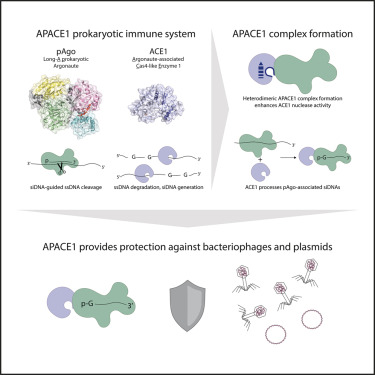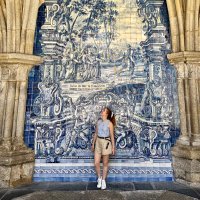
Dina Hochhauser
@dinahoch
PhD student @SorekLab @WeizmannScience studying phage-bacteria interactions 🦠, MGEs 🛒 & defence islands 🛡🏝 @dinahoch.bsky.social
ID: 976838315369488384
22-03-2018 15:09:37
1,1K Tweet
716 Followers
653 Following



Imagine that you are a low-copy extra-chromosomal genetic elements that invaded a host cell. What’s your best strategy to survive? Check our new study of prokaryotic #plasmid for the answer! biorxiv.org/content/10.110… led by Johannes Effe with Mario Santer Wang, Yiqing Nils Hülter

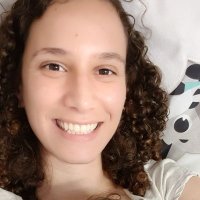
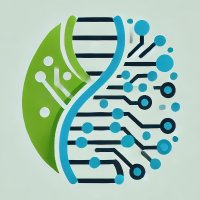

It is finally out! Muntathar Al-Shimary, Doudna Lab, Brady Cress and I present a gene knockdown tool that works in diverse phages: CRISPRi through antisense RNA Targeting (CRISPRi-ART)! Check out the final paper in Nature Microbiology nature.com/articles/s4156…

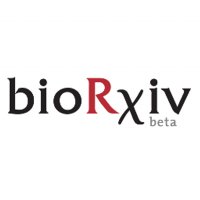



🚨Paper alert 🚨 Our latest research is out in nature! We reveal a surprising new role for the proteasome in innate immunity: generating antimicrobial peptides that can directly disrupt bacterial membranes. 🦠⚡ Weizmann Institute Systems_Immunology_WIS 🔗 nature.com/articles/s4158… 🧵👇

The sequel to our DRT2 story is here, and this one is once again full of surprises! This time around, the Sternberg Lab teamed up with the Wiedenheft Lab to study how DRT9 reverse transcriptases provide antiviral immunity. Here’s what we found: biorxiv.org/content/10.110…




Fantastic new preprint of Vaughn Cooper's lab Vaughn Cooper (see: vscooper@bsky) - filamentous phages can get cancer and it's contagious. 🔥👇🏼 biorxiv.org/content/10.110…



White smoke, we have not only a new pope, but also 16 new anti-phage systems in integrons ! In collaboration with the Didier Mazel lab, we show in our new paper that cassettes of these large platforms encode known anti-phage defenses and uncovered 16 new ones. science.org/doi/10.1126/sc…

Out now in Molecular Cell: Cyanobacterial Argonautes and Cas4 family nucleases cooperate to interfere with invading DNA cell.com/molecular-cell… Most long-A pAgos interfere with invading DNA solo. Why then are cyanobacterial pAgos co-encoded with a Cas4-like protein? A 🧵
